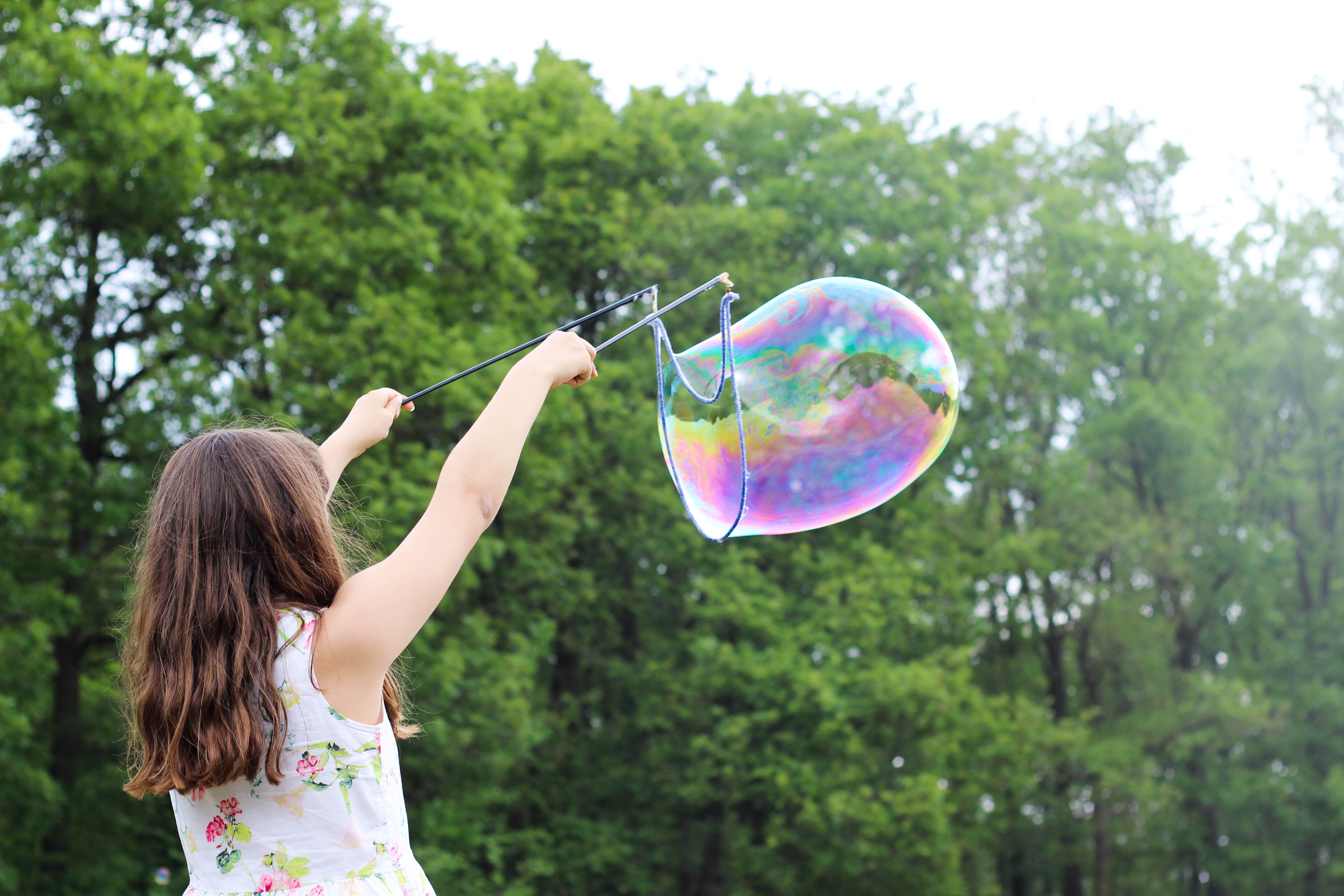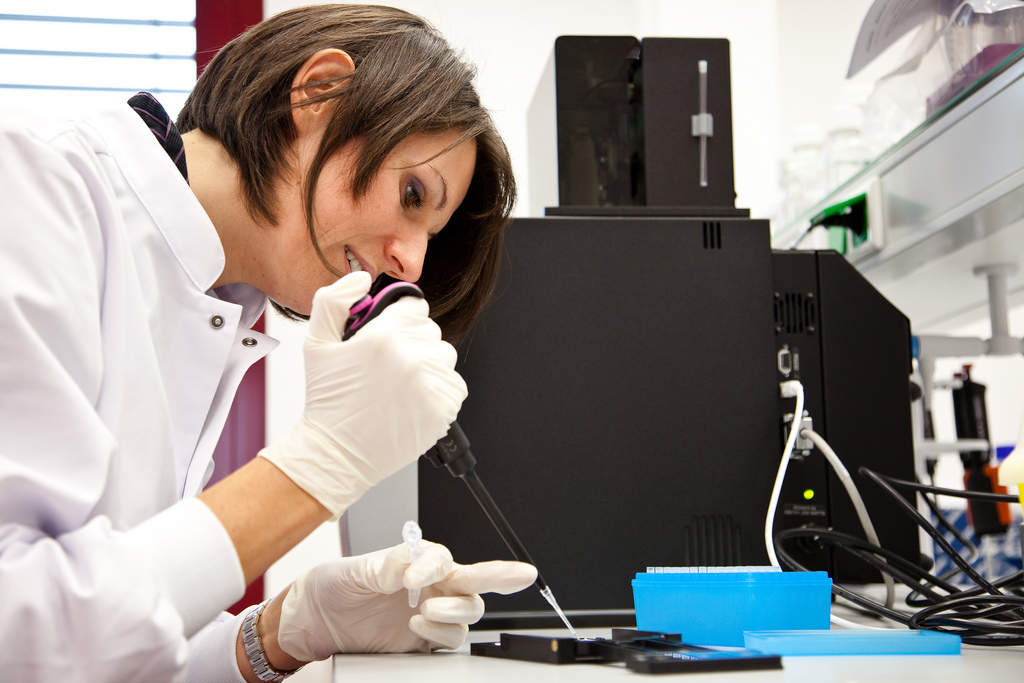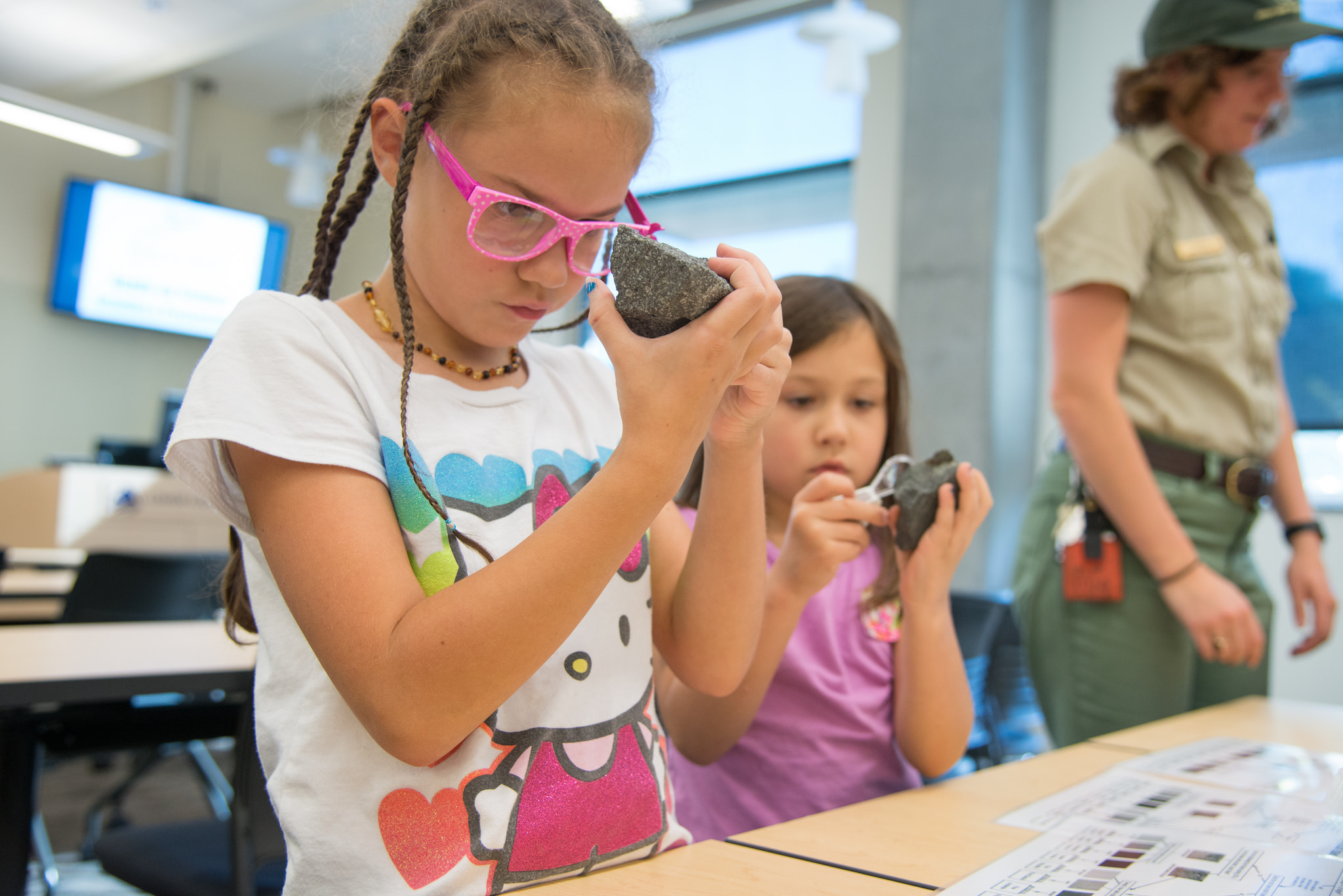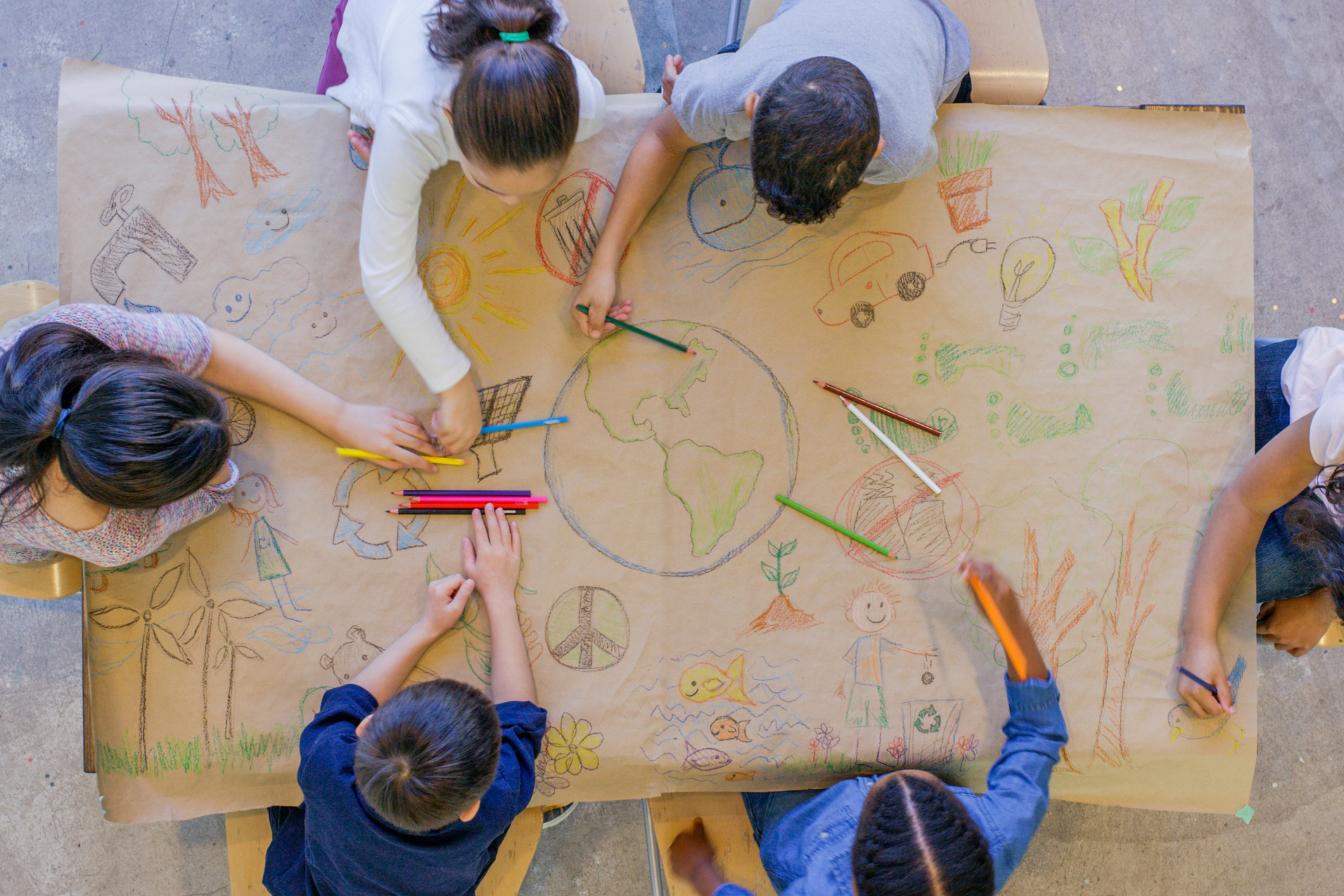
Breaking next-gen scientists out of the lab

Fewer exams, add a language, and ‘dip a toe in the arts’ are all part of encouraging tomorrow’s scientists to innovate in the real world
Published 28 March 2018
Most people think of scientific discovery as a very linear process. To many, it looks like a comic cartoon strip of a scientist in a white lab coat. The scientist has an idea and a little light bulb pops up above their head.
They create something new, tell the world and, if they’re lucky, they can make quite a bit of money.
That’s invention.

But science today has a lot more to do with innovation. That’s when you look at the way something is working – in a company or a hospital or in the public service, for example – and you decide that you can make it better. You could be making safer cars or better schools or more effective cancer treatments.
Innovation is different because it involves collaboration. As scientists, we aren’t working by ourselves in a laboratory. We’re out in the wider community, talking to people from a range of fields and learning ways to make their lives better.
It’s more than breaking down silos; it’s about blowing them up.
You find a problem and work with many people to solve it, rather than thinking: “I’m going to think up a world-changing invention, patent it and make millions of dollars”.

What the world needs now is scientists working together to take action on some of our biggest problems. The solution to climate change, for example, is not a single invention. It is a series of innovations – changes in policy, processes and technology – that will make the biggest difference.
Scientists and engineers are well placed for this work. We are problem-solvers. We experiment. We want to make things work better. We need innovation.
With this in mind, the scientists of the future need a broad, interdisciplinary kind of education, one that encourages innovation. Scientists need to work with people, to think outside the box and to look for practical changes they can make to help solve the problems effecting our world.
So, how do you actually encourage innovation in our future scientists?
First, do away with Year 12 exams. They are limiting and unnecessary. They tell us nothing about how a young person thinks, or discovers, or creates. They encourage students to learn how to pass a test and not how to learn.
Universities could learn more from spending 10 minutes with a young person than they could from an exam. Is a student excited about learning? Are they engaged? What do they want to change in the world?

Even if practical concerns prevent us from eliminating exams altogether, we should focus as much of our efforts as possible on interviewing students. This will result in future scientists who are more creative, more communicative and more curious about the world around them.

Sciences & Technology
Engineering gender equality
Next, we need to focus on experiential learning, even in primary school. We need to get young people used to experimentation and problem-solving, so they are already thinking scientifically before they start university.
Far too much of the material in the Australian syllabus is didactic – it starts with somebody espousing a principle at you. You talk about that principle and then you think of examples.
Experiential learning is to ask a student to discover the principle themselves. You experiment, you share the experiment with other students and, eventually, you stumble across a fact.
Neuroscience tells us that people learn better by doing something rather than simply being told about it. We should be asking students to solve problems every day. For example, how can they reorganise the laundry system in their home so it’s more efficient? How would they encourage their classmates to use less energy?
What we need now, and in the future, is a generation of scientists that have had to innovate so regularly that it becomes routine. By the time they are capable of creating change they have already been practicing it for decades.

Lastly, we all need to broaden our experiences. There is a lot of focus on science, technology, engineering and math – or STEM – subjects at the moment. But we should never forget the Arts, which teach you how to understand the world from someone else’s point of view - a skill we need in this increasingly ideologically divided world.
Studies show us that people who can speak more than one language find it easier to shift perspectives. They are more likely to approach problems from multiple angles.
Require students to learn more than one language. Ask them to dip their toes in the arts – whether it’s learning a musical instrument, painting or understanding a historic civilisation. This will help them understand not only how things work, but also how people do.
If you understand science you can understand the basics of virtually everything. But we want science with a purpose. We want young people who are looking to make the world a better place. We want scientific innovators.
Listen to Professor Batterham in conversation with CSIRO Director of Science Manufacturing, Dr Cathy Foley, as they discuss the future of scientists with Gay Alcorn.
This article has been co-published with The Australian.
Banner image: Maxime BHM/Unsplash
